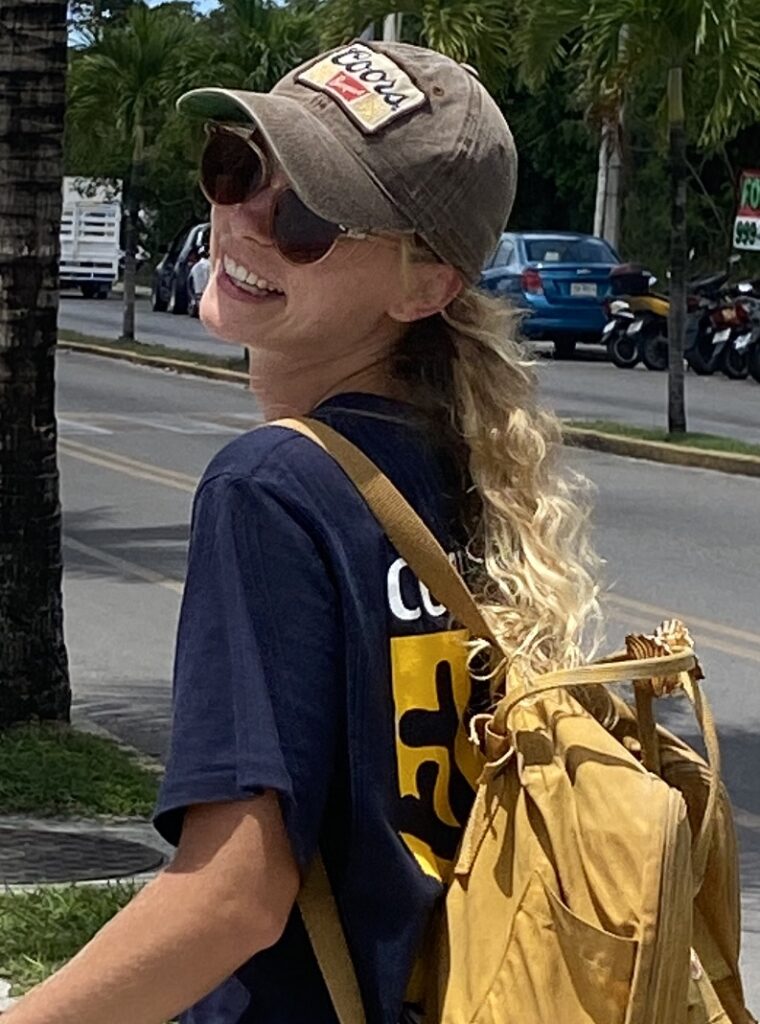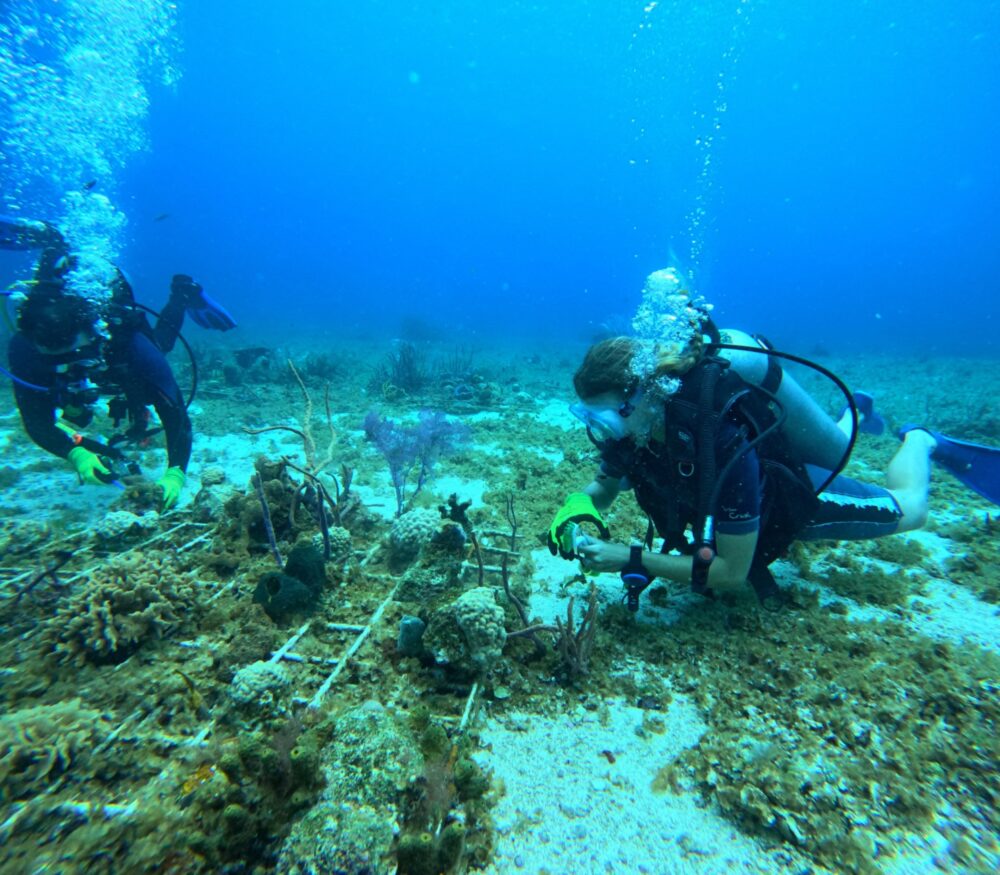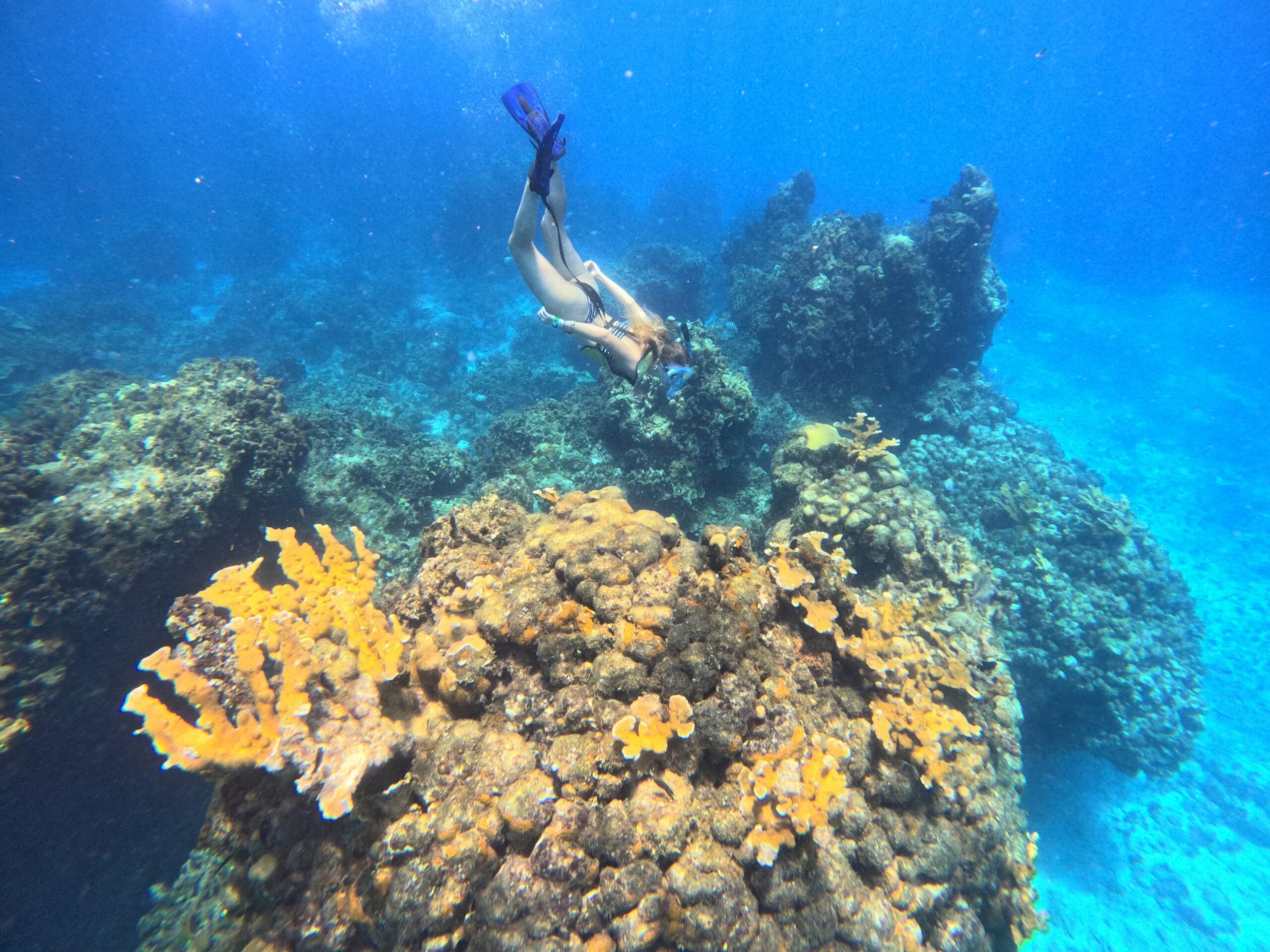This guest blog is written by Hannah McKennett, a Denver-based Inland Ocean Ambassador. Hannah proves that you don’t have to see the ocean to protect it, and that there are resources available to folks to make conservation work fun! Read about her experience engaging in ocean conservation through volunteer reef restoration in Cozumel earlier this summer.
—
In 2025, Cozumel’s coral reefs see as many as 3,000 divers every single day — but as that number continues to grow, the reefs they’re exploring are vanishing in front of their masks.
Enter: Cozumel Coral Reef Restoration Program. This program is on a mission to not just rebuild the marine ecosystems that call the island home, but also change the mindset of the divers that call it a vacation.
Three years ago, I was lucky enough to get scuba certified in Cozumel, and like the other thousands of daily divers, I practiced breathing underwater on drift dives in the Palancar and Colombia reefs. But after learning more about the destruction of the reefs (as much as 90% of the coral in Cozumel has disappeared due to cruise ship development, overtourism, and climate change) and becoming an Inland Ocean Ambassador, I wanted to do more than visit the reefs. I wanted to help save them, especially as a new cruise terminal threatens to destroy the very site of the volunteer program.
The Mission Behind the Cozumel Coral Reef Restoration Program
Dr. German Mendez started the Cozumel Coral Reef Restoration Program (CCRRP) after watching the island’s marine ecosystem disappear. Over the years, he saw thousands of divers travel on and off the island without realizing their negative impact…or their potential benefit.
“The program started because we noticed that most people who are certified divers, they don’t know very much about coral, because they don’t explain that in your open water course,” says Dr. Mendez. “We don’t really know what we’re looking at, and at the same time, we don’t know how to take care of that. We enjoy it. We love it. We want to go there all the time, but we don’t know the damage we are causing to something.”
With that in mind, he created his volunteer program, which starts out with a PADI Coral Reef Conservation Specialist course taught by Dr. Mendez. In this course, I learned about the different types of coral in the Mesoamerican Barrier Reef, from delicate soft corals, which look like underwater ferns, to rock-like brain corals, with their hidden tentacles that come out at night.
I also learned about the devastating history of the reefs and why they are only a fraction of what they used to be. What started with the first cruise terminal in Cozumel, which killed 97% of the surrounding coral in the protected marine park, has spiraled into construction of two additional docks, poor quality of water due to over-development, and bleaching caused by global warming.
And, most importantly, I learned how to help rebuild the reefs fighting for survival.
How Volunteers Can Help Save the Reefs
Once volunteers become PADI-certified Coral Reef Conservation Specialists (which involves two dives to learn hands-on how to clean and plant coral), they can officially start saving the reefs.
The CCRRP currently has over 20 platforms and structures in the Villa Blanca reef off the shore of Cozumel, where Dr. Mendez and volunteers have planted coral fragments with the hope of growing a thriving reef.
Every day, volunteers and interns dive into the turquoise-blue waters to monitor these coral nurseries, clean the coral, and plant new coral fragments. During my time there, I spent my hour-long dives removing algae from different platforms to stop it from smothering the growing coral. While coral only grows around 1-2 cm a year, algae grows the same amount every day, and too much algae can steal the sunlight and nutrients coral needs to live.
In addition to helping the coral, I also got to enjoy the reefs in a whole new way. Instead of drifting by, I got up-close and personal with the coral and fish, watching a rock-like piece of coral move and making friends with the stingrays and porcupine fish that hide under the platforms. It’s something I believe every scuba diver — and ocean lover — should experience!
Check Out The Cozumel Coral Reef Restoration Program!
If you love the ocean and want to help save the coral reefs, check out the Cozumel Coral Reef Restoration Program. You can donate to support their mission, or take the plunge and become a volunteer like me! It’s a great way to turn your Caribbean vacation into something good for the planet.
Plus, supporting CCRRP is more important than ever right now. There are proposed plans for a fourth cruise terminal to be built right on top of the Villa Blanca reef, where all of the program’s coral nurseries and platforms currently stand. This would destroy the already-vulnerable reef and lead to seven more cruise ships coming to the island each day.
Get more information and make a difference for the oceans at CCRRP!

Hannah McKennett graduated from the Spring 2025 Inland Ocean Ambassador Training. Hannah is a professional writer who fell in love with the ocean when she was very young, visiting the Florida coast with her family. She became scuba certified after spending 6 months living in Cozumel. Interacting and swimming with fish at the bottom of the ocean strengthened her deep personal connection to the sea, and made her realize that she wants to spend her life protecting the reef and all the creatures that rely on it.


